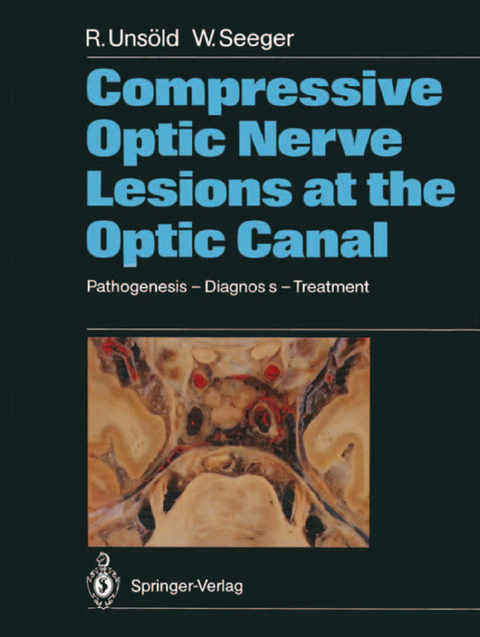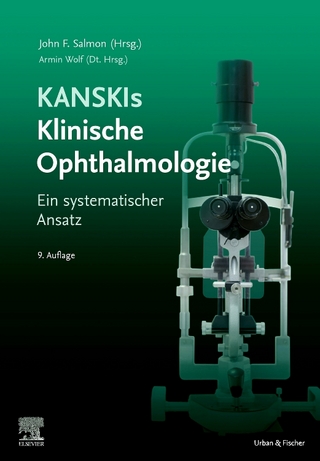
Compressive Optic Nerve Lesions at the Optic Canal
Springer Berlin (Verlag)
978-3-642-73384-0 (ISBN)
1 Introduction.- 2 A Narrow Passage - Anatomic Considerations Topography of the Optic Canal Representing a Predilection of Nerve Compression with Various Pathologic Conditions.- 3 The Clinical Signs and Symptoms of Optic Nerve Compression and Clinical Disease Entities Masking Compressive Lesions.- 3.1 Ophthalmoscopic Findings. Visual Loss, Visual Field Defects, Afferent Pupillary Defect, Color Vision.- 3.2 Visual Evoked Potentials in Optic Nerve Compression.- 4 The Concept of Optic Nerve Compression by Dolichoectatic Arteries Revisited. The Literature and Why It Became Forgotten.- 5 Pneumosinus Dilatans - Rarely Diagnosed and Poorly Understood.- 6 CT Findings of Compressive Lesions at the Optic Canal.- 7 Pterional Approach for Microsurgical Decompression of the Optic Nerve.- 8 Intraoperative Findings in Patients with Intracanalicular Optic Nerve Compression.- 9 Selected Case Reports.- 10 Conclusions.- References.
| Erscheint lt. Verlag | 6.12.2011 |
|---|---|
| Mitarbeit |
Assistent: Michael Bach, Hans-Rudolf Eggert, Gabriele Greeven, Jack deGroot |
| Zusatzinfo | X, 140 p. |
| Verlagsort | Berlin |
| Sprache | englisch |
| Maße | 210 x 280 mm |
| Gewicht | 398 g |
| Themenwelt | Medizin / Pharmazie ► Medizinische Fachgebiete ► Augenheilkunde |
| Schlagworte | Arteries • Computed tomography (CT) • Diagnosis • pathogenesis • visual evoked potential (VEP) |
| ISBN-10 | 3-642-73384-0 / 3642733840 |
| ISBN-13 | 978-3-642-73384-0 / 9783642733840 |
| Zustand | Neuware |
| Haben Sie eine Frage zum Produkt? |
aus dem Bereich


